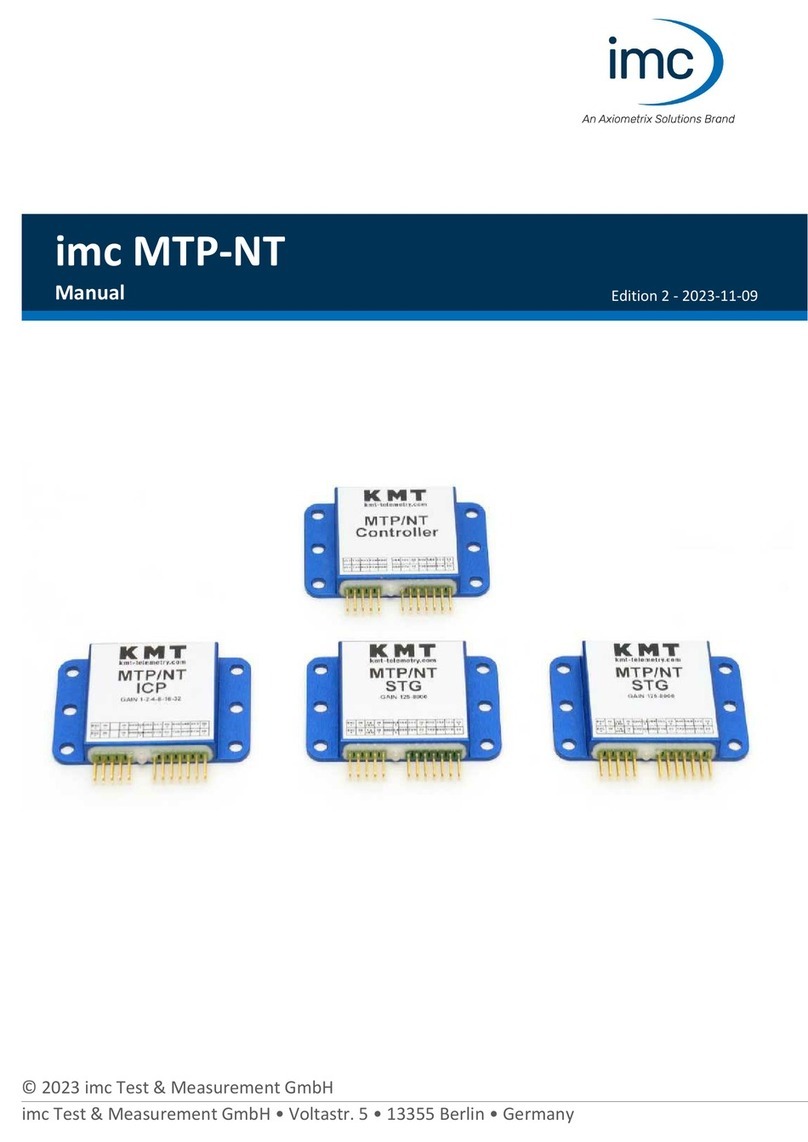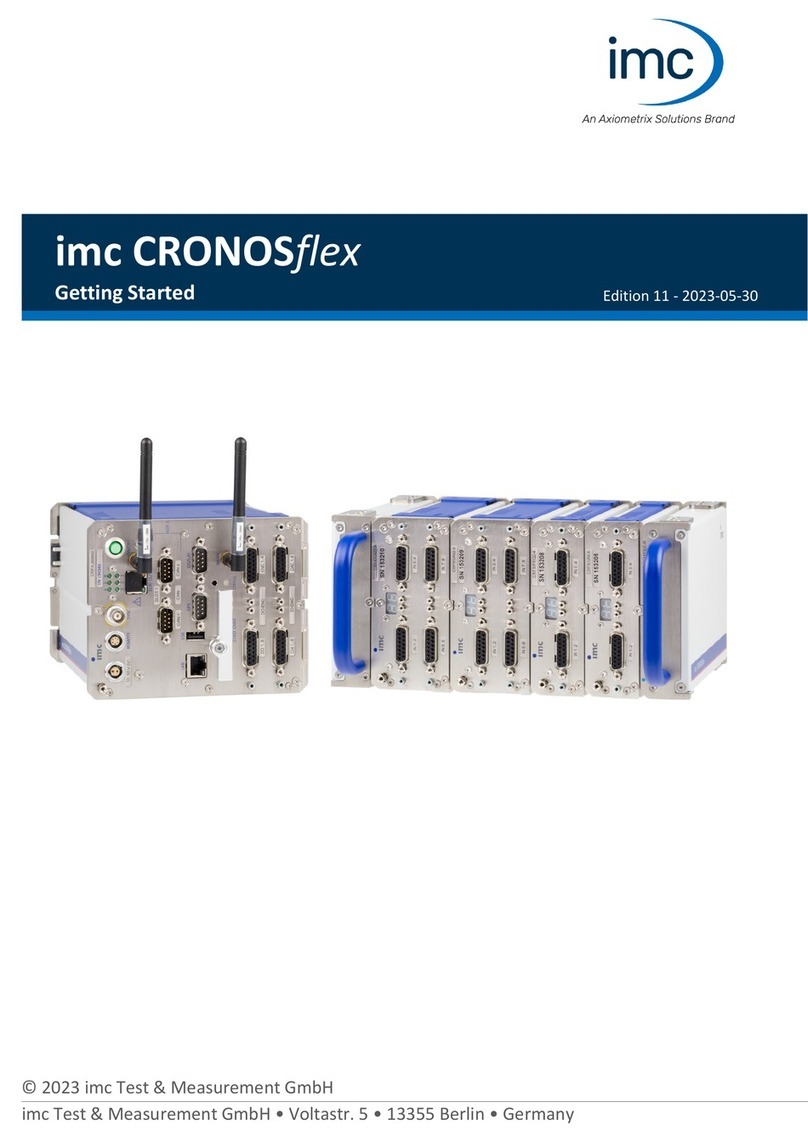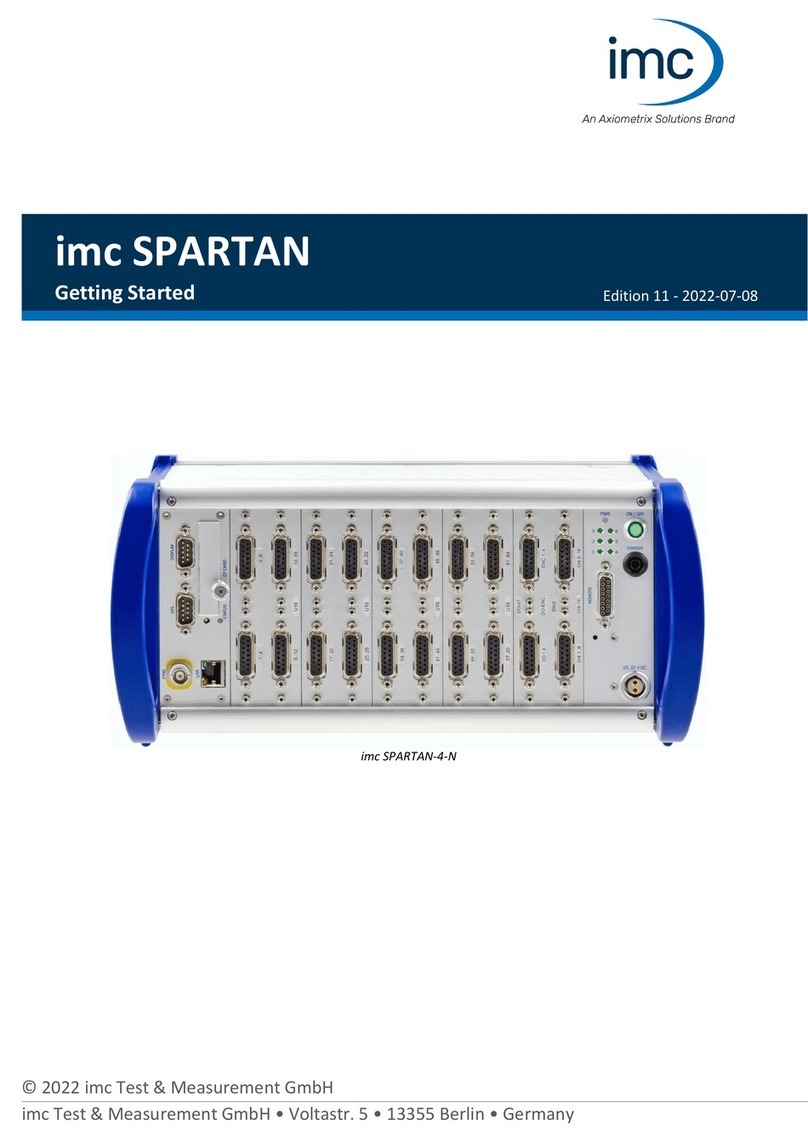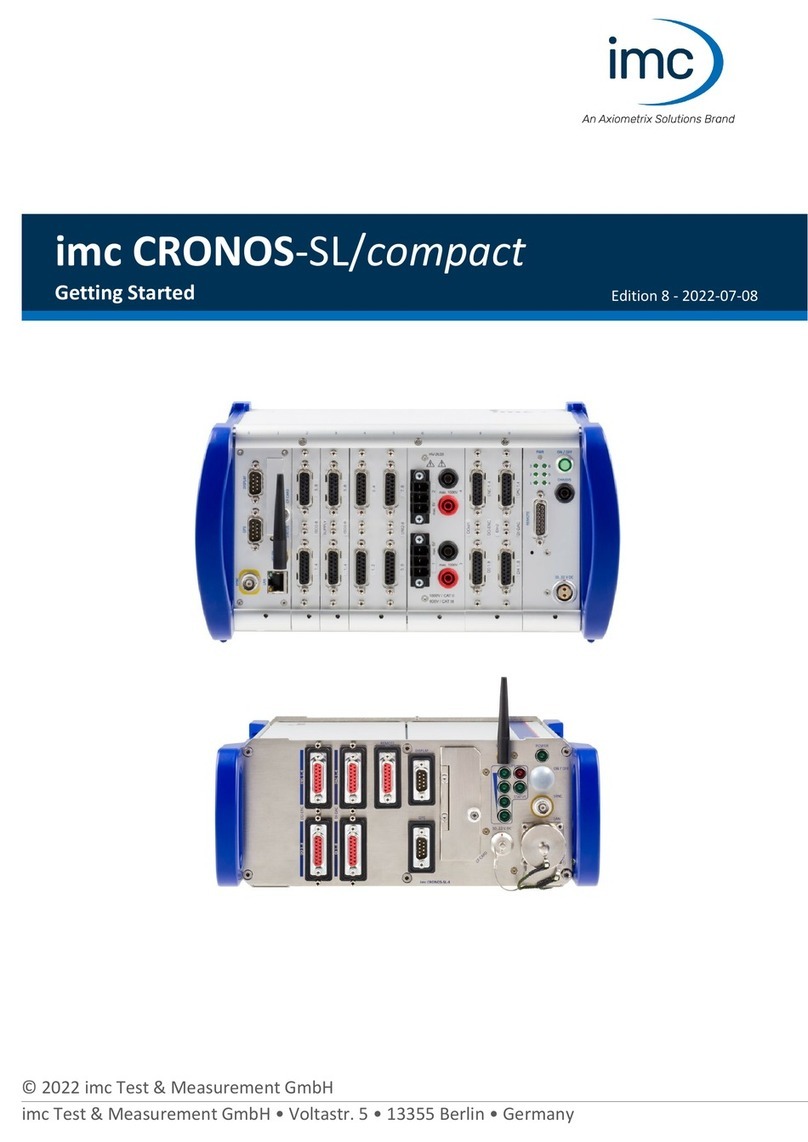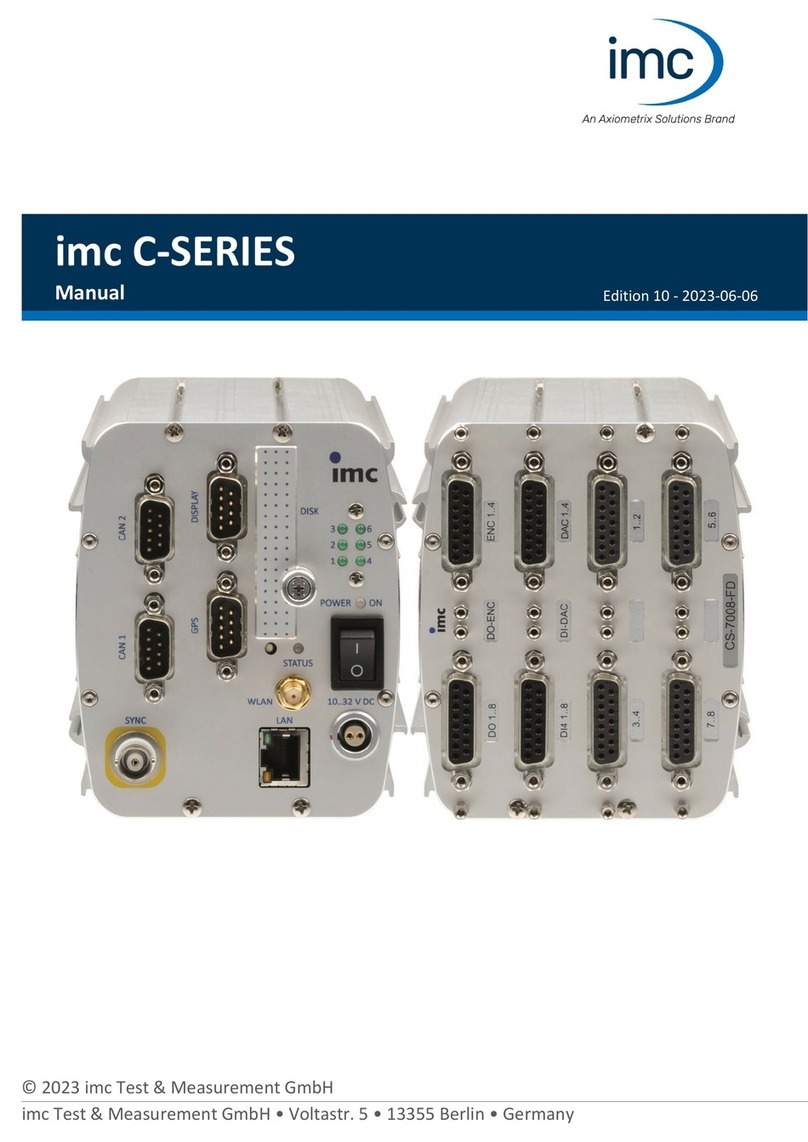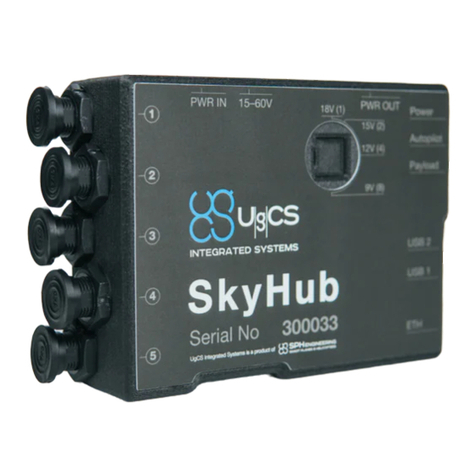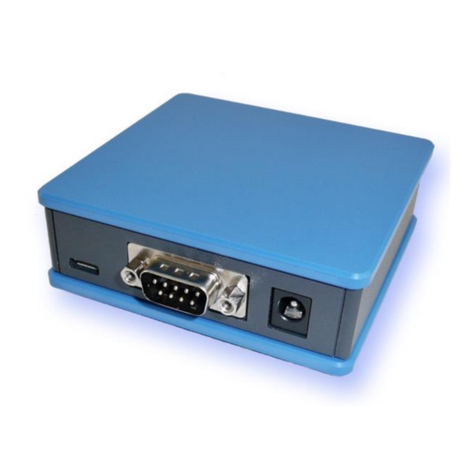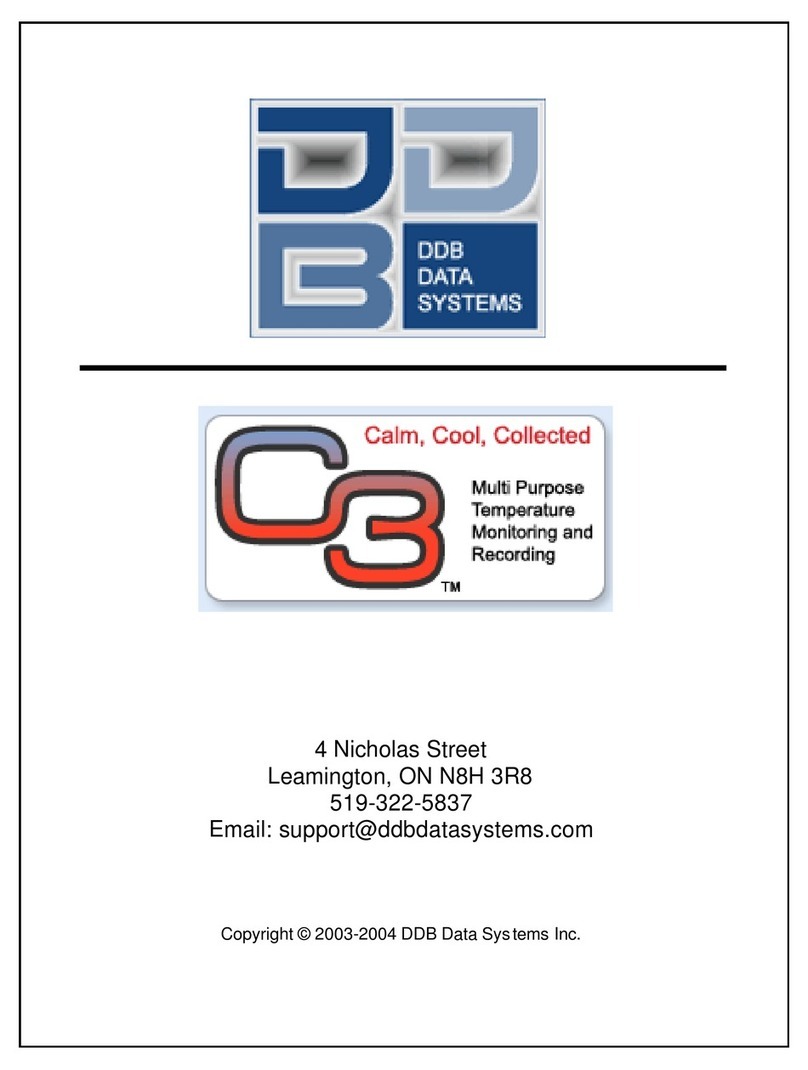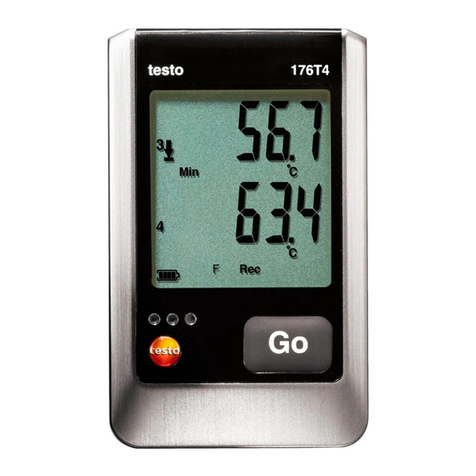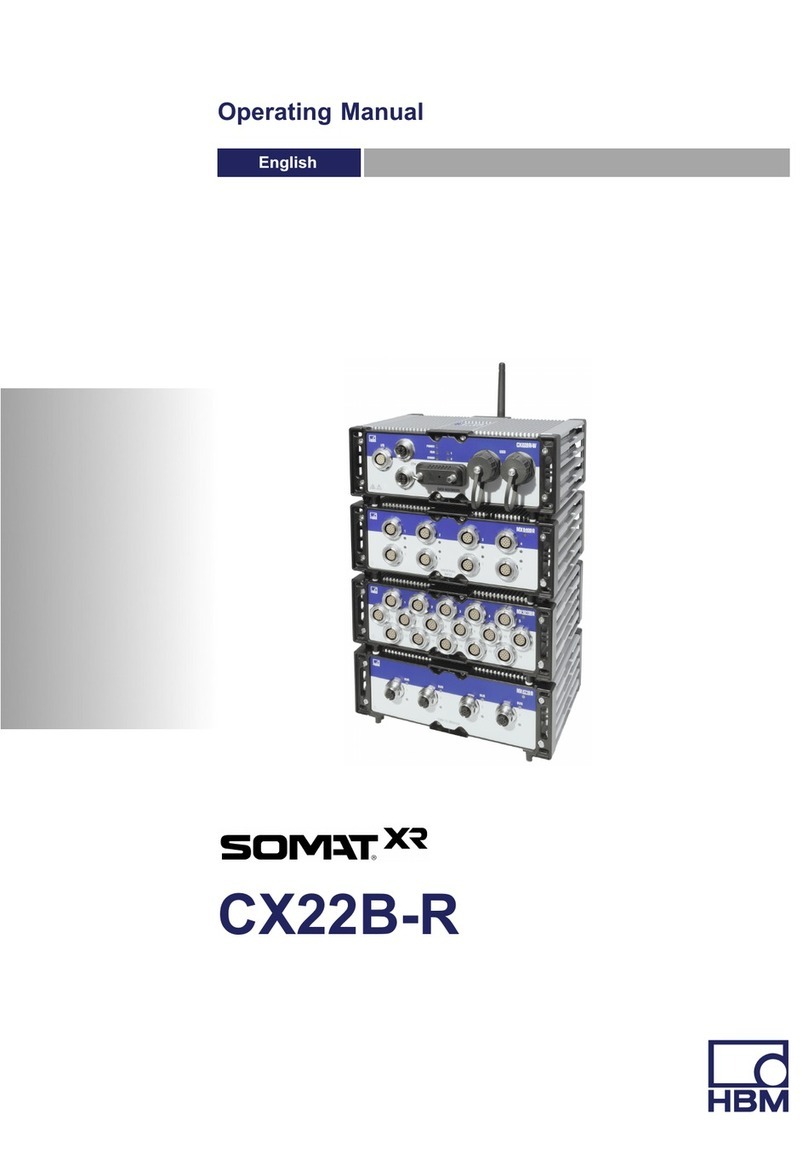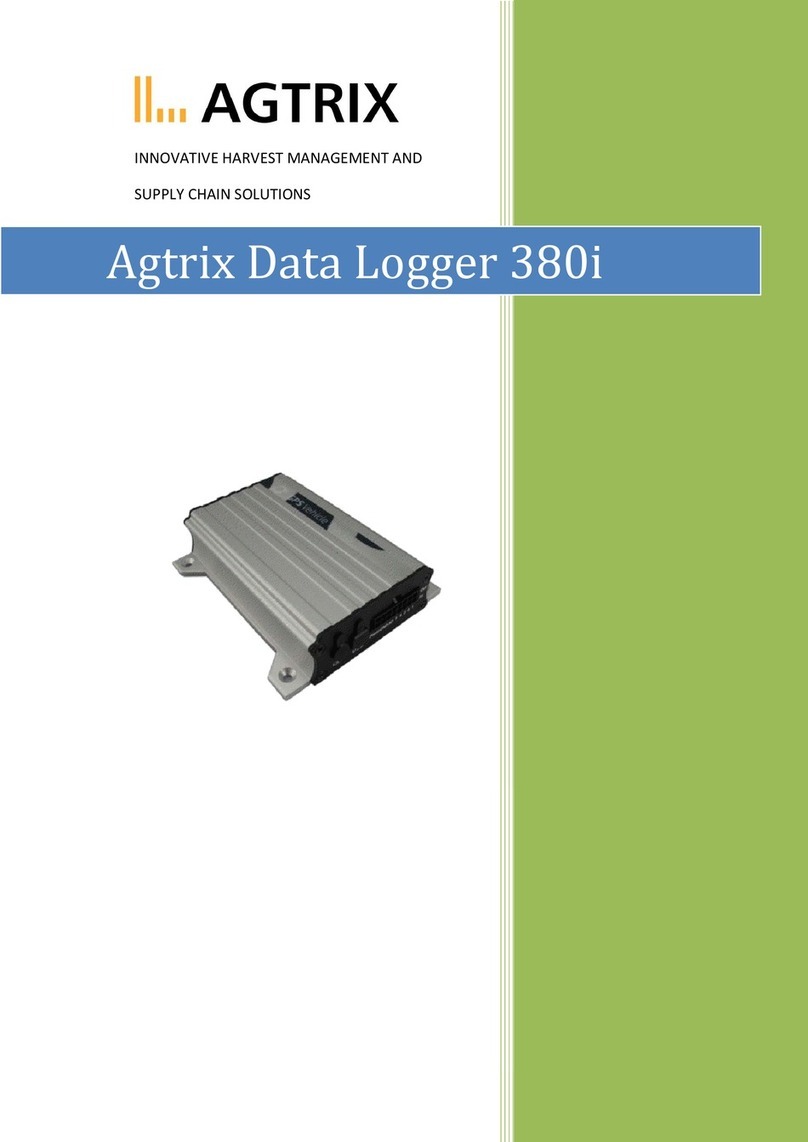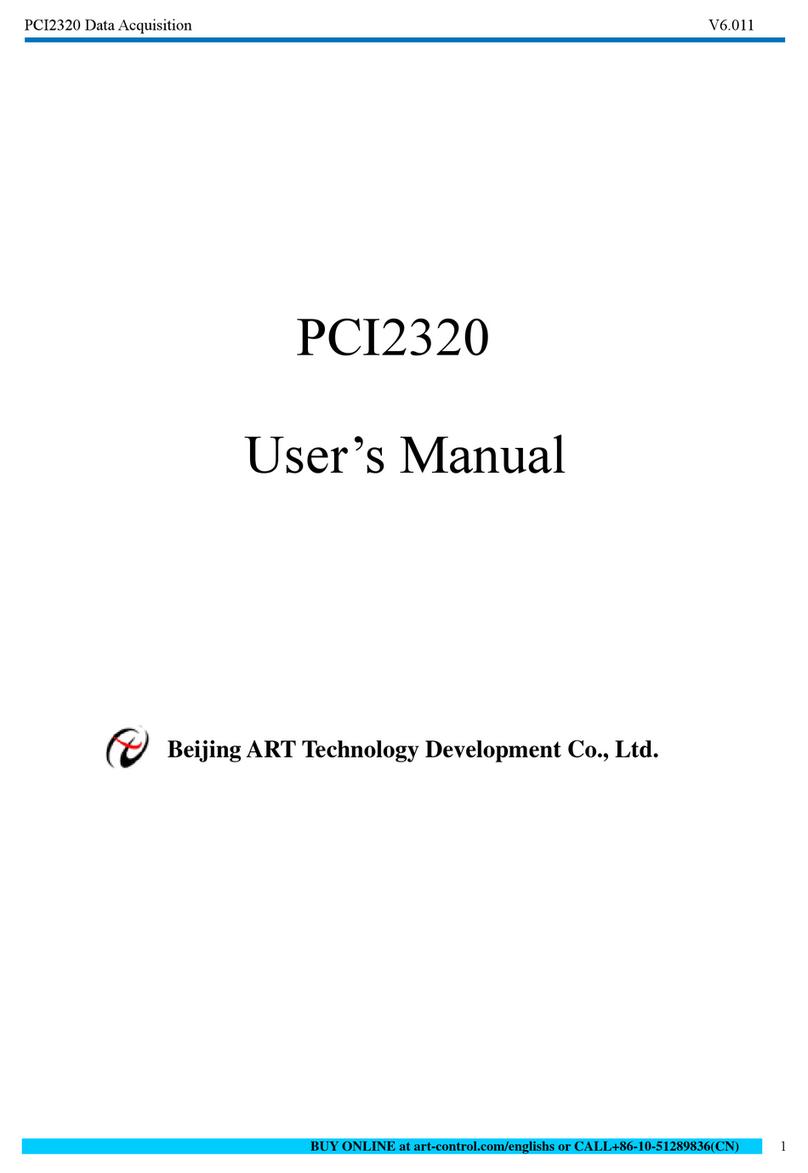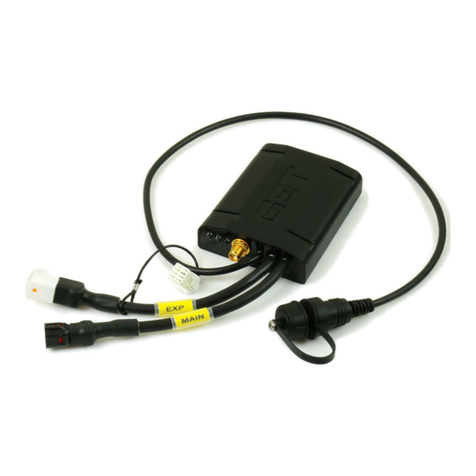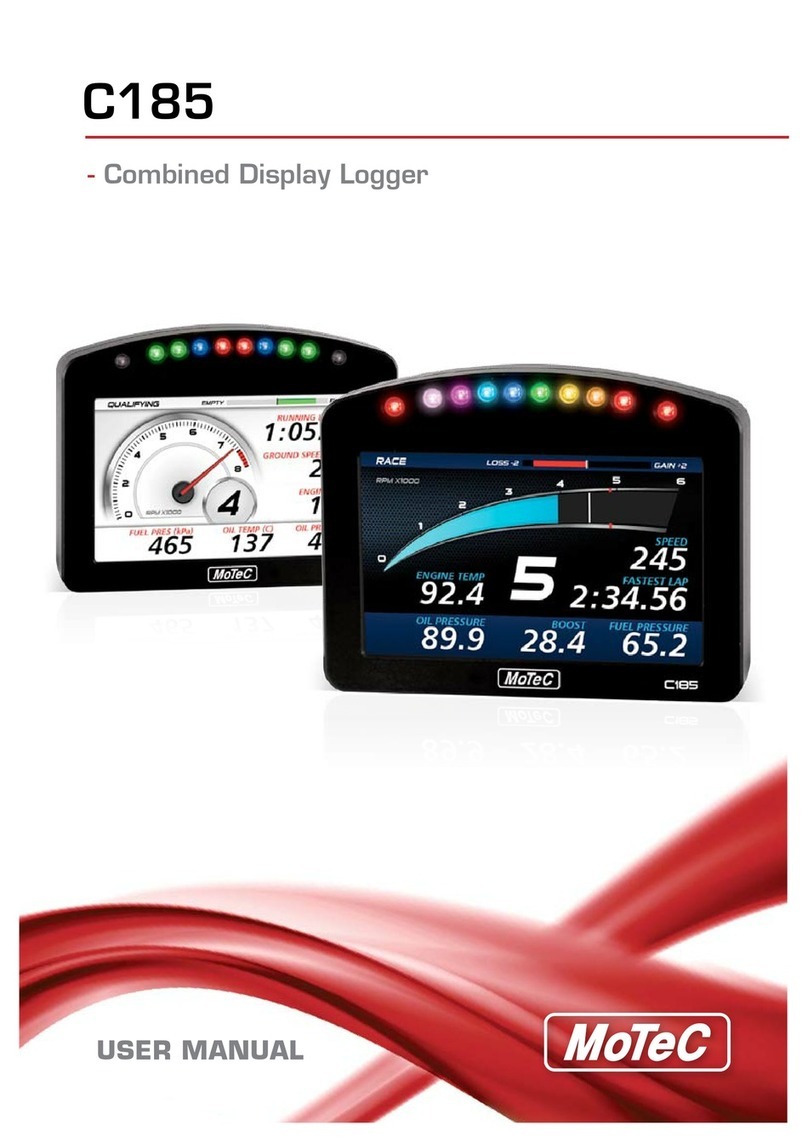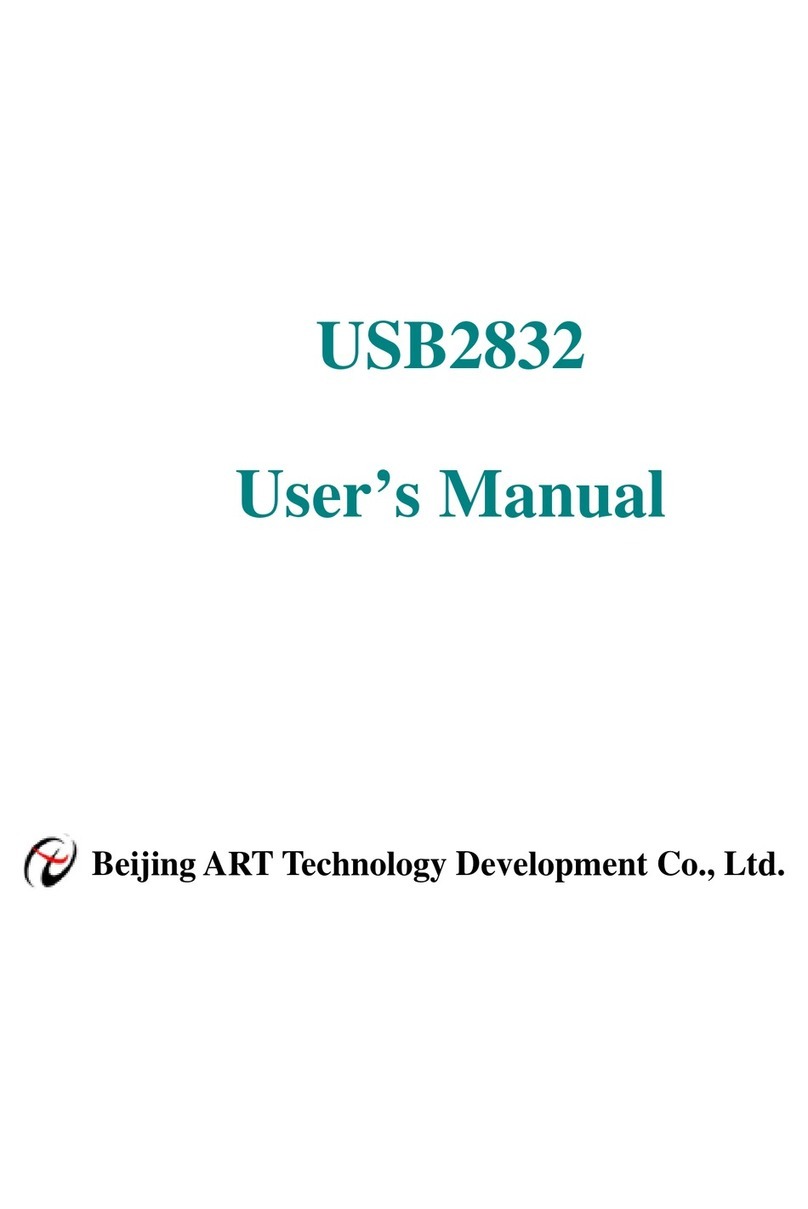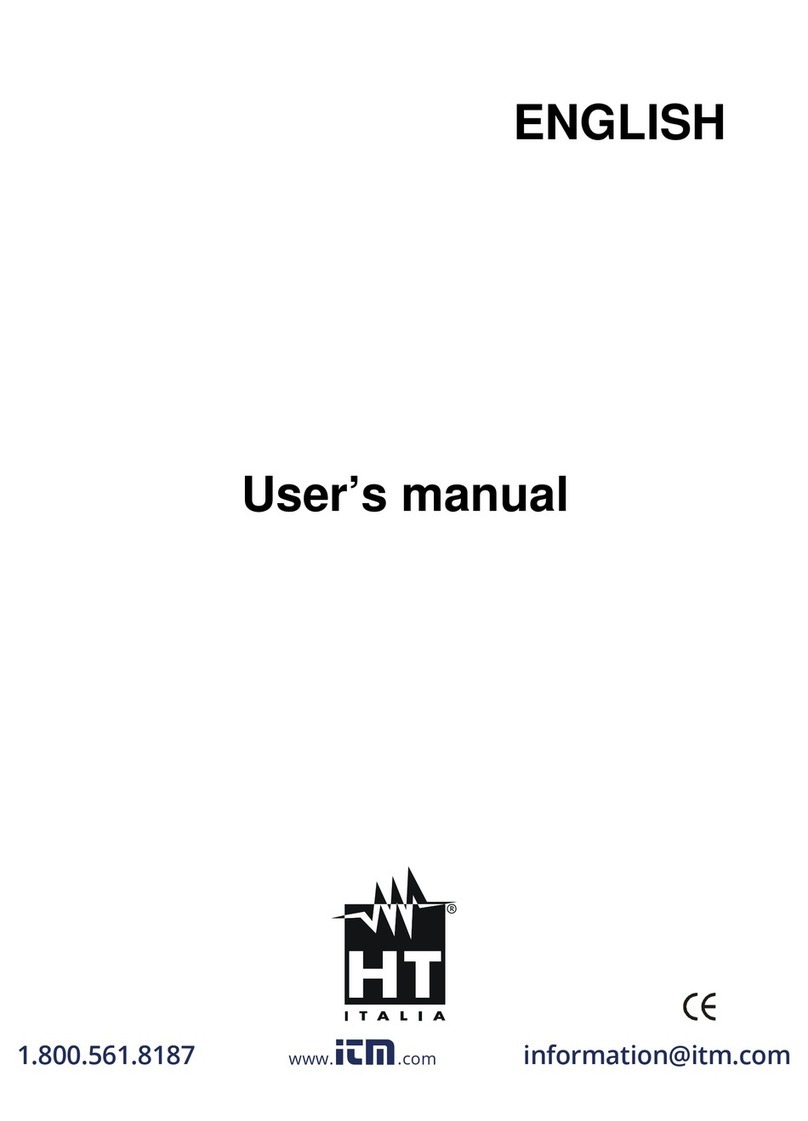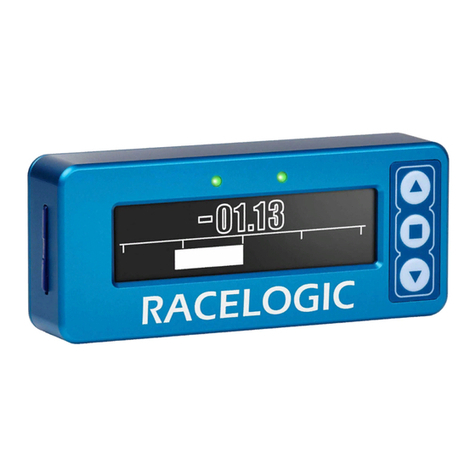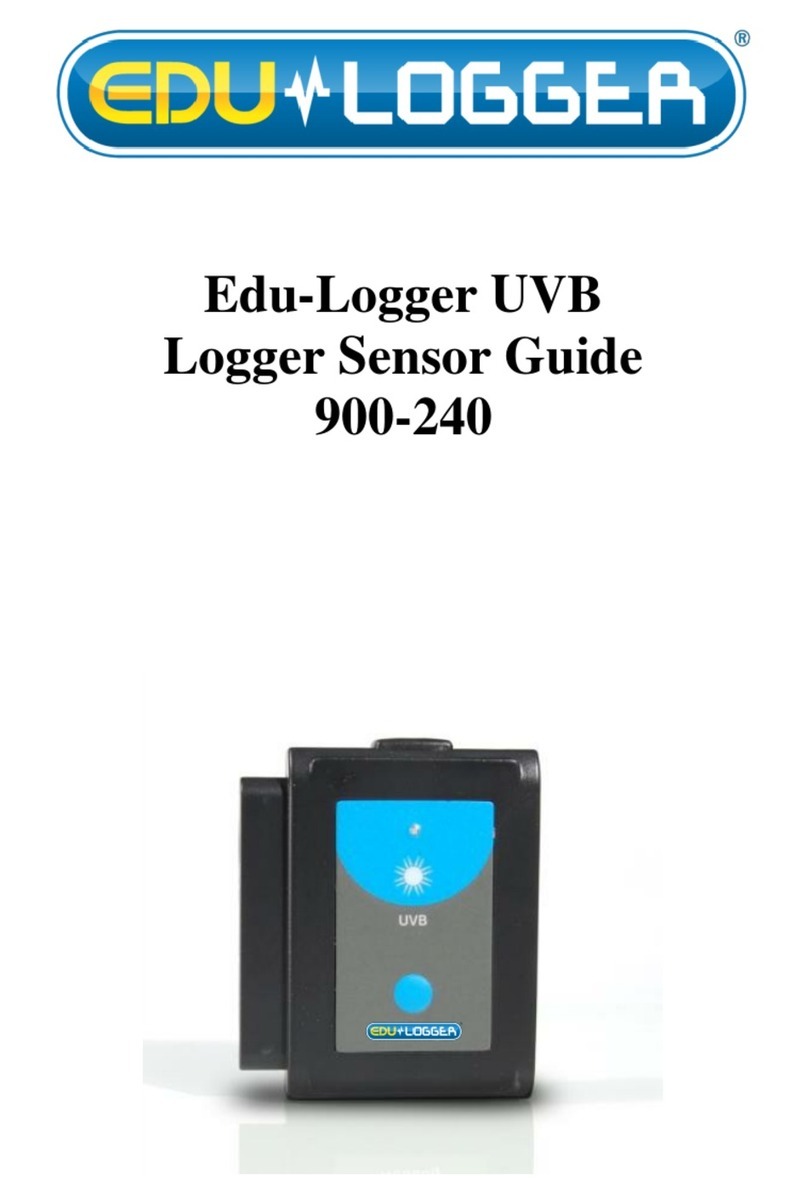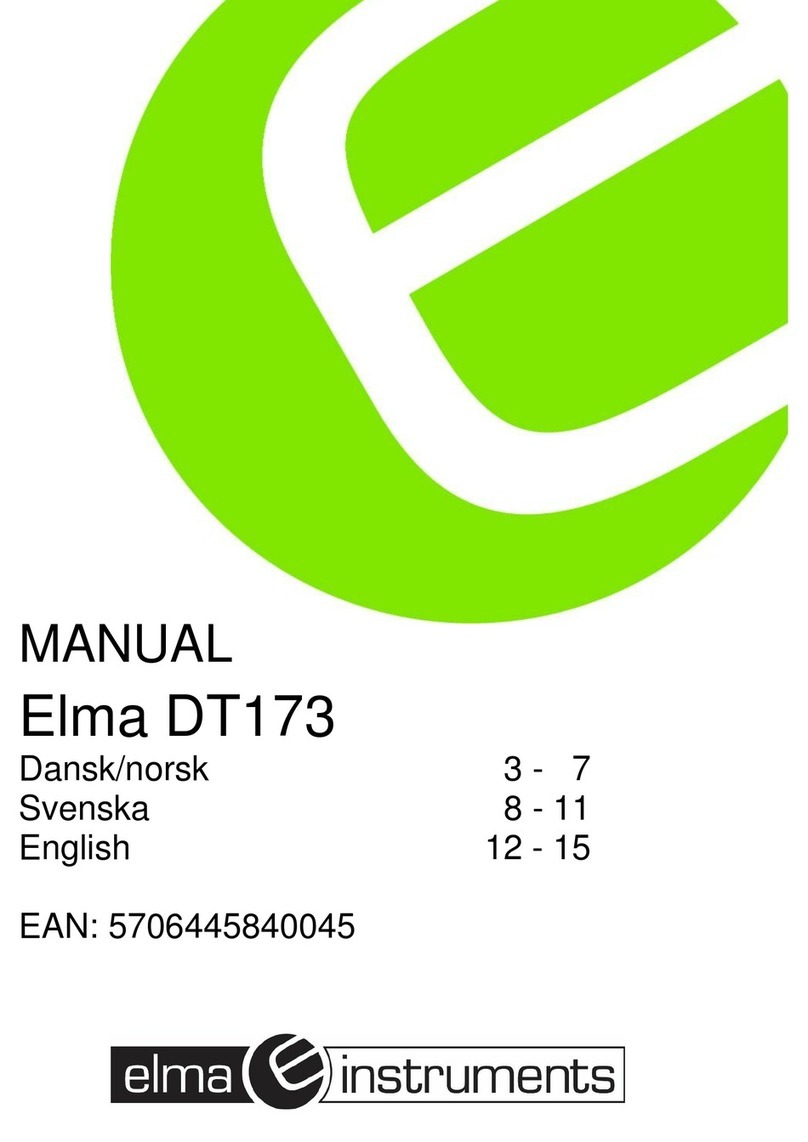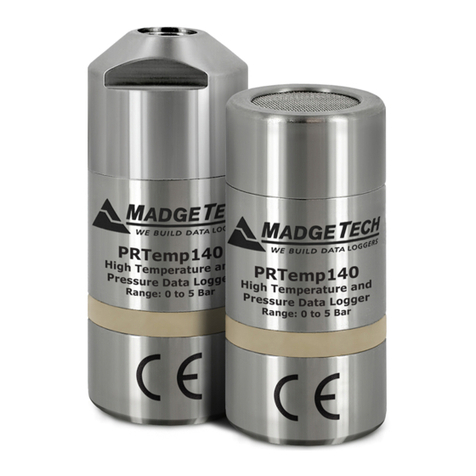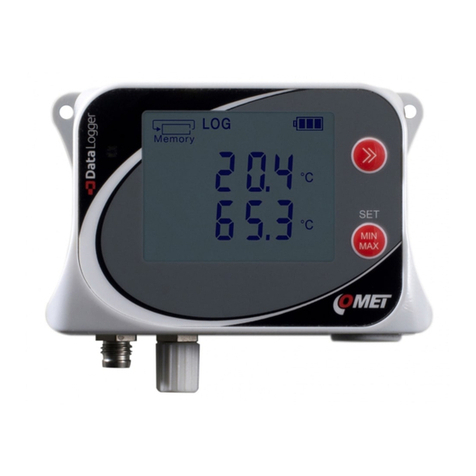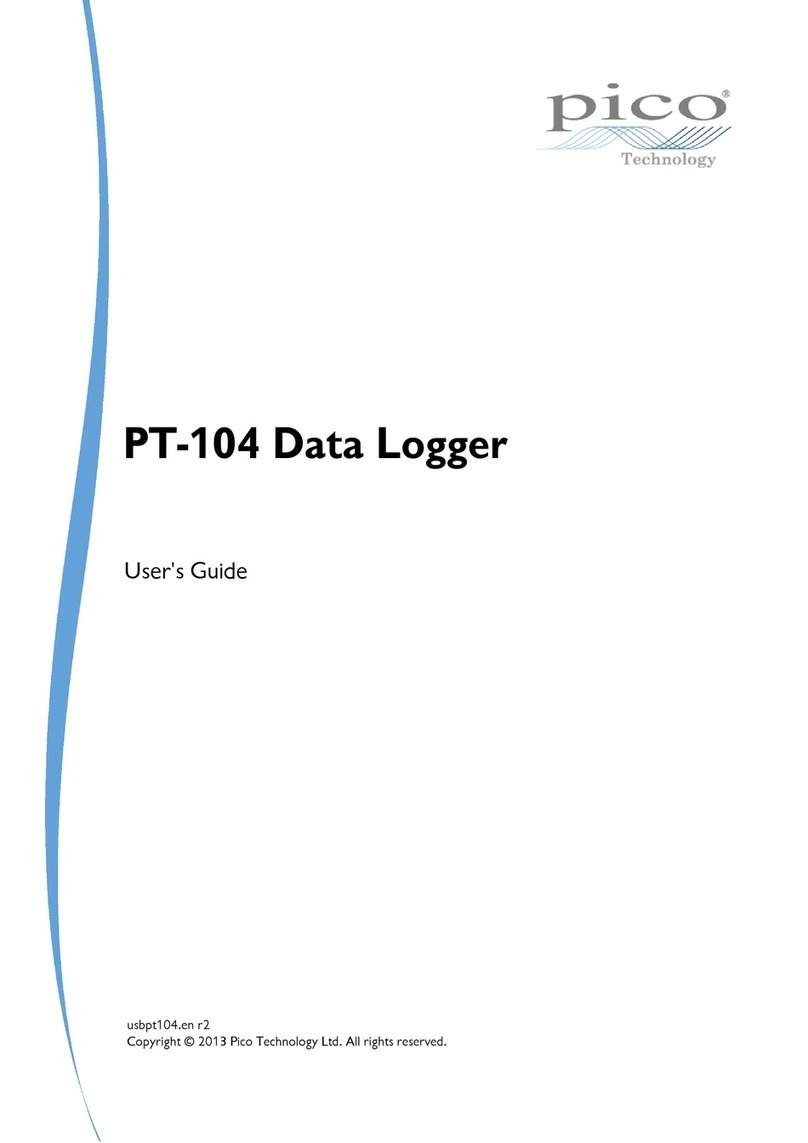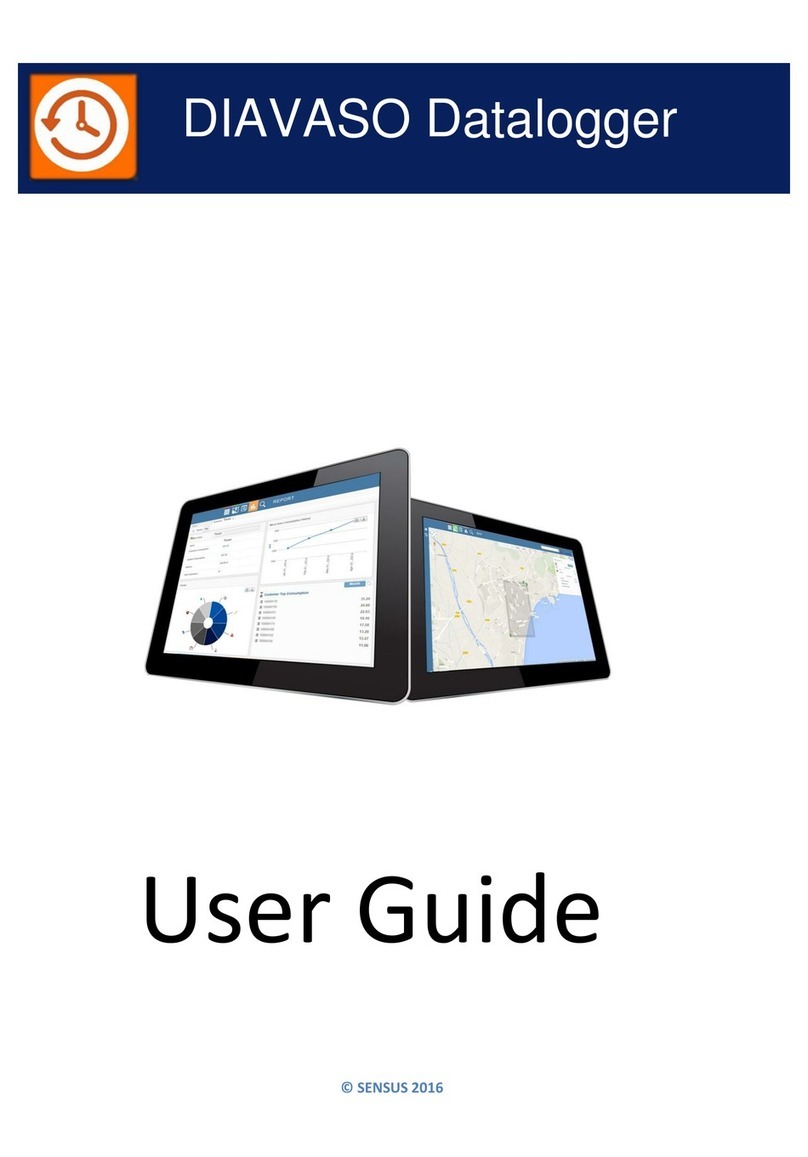
© 2023 imcTest & Measurement GmbH imc CRONOS-XT - Getting Started, Edition 3 - 2023-05-30
Page 4
Table of contents
Table of contents
1 General introduction ................................................................................................. 6
1.1 imc Customer Support / Hotline .................................................................................................... 6
1.2 Legal notices ................................................................................................................................... 6
1.3 Explanation of symbols .................................................................................................................. 9
1.4 Last changes in content ................................................................................................................ 10
2 Safety ...................................................................................................................... 11
3 Assembly and connection ........................................................................................ 14
3.1 After unpacking... ......................................................................................................................... 14
3.2 Before commissioning .................................................................................................................. 14
3.3 Notes on connecting .................................................................................................................... 14
3.3.1 Precautions for operation ................................................................................................................................ 14
3.3.2 Attachment mechanism ................................................................................................................................... 16
3.3.3 Signal connection ............................................................................................................................................. 18
3.3.4 Building Block Principle .................................................................................................................................... 19
3.3.5 Networking and power supply ......................................................................................................................... 19
3.3.6 POWER-X functions .......................................................................................................................................... 19
3.3.7 Operation ......................................................................................................................................................... 21
3.3.8 Technical performance data (CRXT/POWER-X) ................................................................................................ 23
3.3.9 Grounding concept ........................................................................................................................................... 24
3.3.10 Removable storage ......................................................................................................................................... 25
4 Maintenance and servicing ...................................................................................... 26
4.1 Maintenance and servicing notes ................................................................................................ 26
4.2 Cleaning ........................................................................................................................................ 27
4.3 Storage ......................................................................................................................................... 27
4.4 Transport ...................................................................................................................................... 27
5 Start of operation Software / Firmware ................................................................... 28
5.1 Installation - Software .................................................................................................................. 28
5.1.1 System requirements ........................................................................................................................................ 28
5.2 Connect the device ....................................................................................................................... 28
5.3 Connecting via LAN in three steps ............................................................................................... 29
5.4 Firmware update .......................................................................................................................... 32
6 Pin configuration ..................................................................................................... 35
6.1 XT-Con .......................................................................................................................................... 35
6.1.1 Power supply .................................................................................................................................................... 35
6.1.2 Remote ............................................................................................................................................................. 36
6.1.3 SYNC ................................................................................................................................................................. 36
6.1.4 Display .............................................................................................................................................................. 36
6.1.5 GPS ................................................................................................................................................................... 36
6.2 M8 ................................................................................................................................................. 37
6.3 DSUB-9 .......................................................................................................................................... 37
6.3.1 CAN, CAN FD ..................................................................................................................................................... 37
6.3.2 LIN-Bus .............................................................................................................................................................. 37
6.4 DSUB-15 ........................................................................................................................................ 38
6.5 DSUB-26 (High Density) ................................................................................................................ 40
6.6 LEMO.1B (7-pin) ........................................................................................................................... 41
